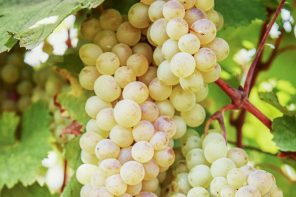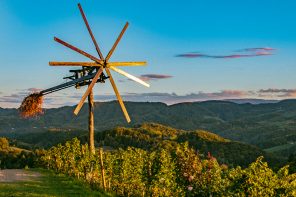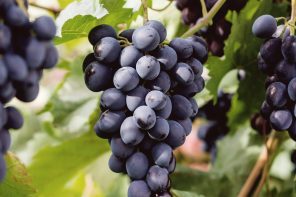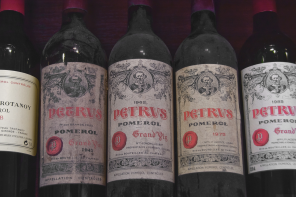“When I came to Slovenia, my friends in Paris said, ‘Wow, you’re crazy,’” winemaker Jean-Michel Morel laughs. “But now, after 30 years, that has changed completely and everyone says, ‘Go to Eastern Europe!’”
Jean-Michel, with his roots in France, experience in Italy, and success in Slovenia, is perhaps the best evidence of changing attitudes towards Eastern wines that once seemed too far out for the average drinker. Even since February, when Wine Awesomeness put together the Eastern Bloc Party box and took a dive into the region, the chatter and enthusiasm has grown.
[pullquote align=”right” cite=”” link=”” color=”#0396ec” class=”” size=””]In an age when new frontiers can be hard to come by, the next best thing is to take a step back. [/pullquote]But it’s not Jean-Michel or his wines that are evolving. Eastern winemakers have been fermenting grape juice the same way for thousands of years. What’s changing is the rest of the world.
The organic food movement has been on the rise for several years in the United States. But we are only recently starting to see its impact on the wine world. Organic, natural and traditional wines like those made out east are perfect for eaters and drinkers who want to know what’s in their food and drink, as well as where it comes from and the story behind it. Not to mention, they’re delicious.
“When you go to the market or a restaurant, you look at where your food is from and if it was made with pesticides,” explains Jean-Michel. “We look everyday to take better and better food.” He pauses, “And wine is food.”
“This is definitely a trend we’re seeing in the States, but it’s also in Europe,” adds Stetson Robbins, a distributor for Blue Danube Wines, an importer that brings wines from Central and Eastern Europe to the U.S. As people are becoming more aware of what they are eating and drinking, Stetson notes, they’re also looking for things that are outside the norm.
“We need things that are different because everything gets so repetitive. We need to be shaken out of our pattern,” he says.
In an age when new frontiers can be hard to come by, the next best thing is to take a step back. “In Eastern Europe life is very quiet,” says Jean-Michel. “Life in the West is going too fast, and a lot of people lose out on experiencing life in this way.”
Slovenia and the surrounding wine regions are made up of small towns and villages, with red-roofed houses and rolling hills of farmland as far as the eye can see. Jean-Michel says he never pays attention to the latest trends, but makes wine first and foremost for himself and his own enjoyment. He trained in a Georgian monastery and implements some of the oldest and most traditional wine making methods in the world. It is an old way of life but speaks to the modern drinker.
“So now when people say we must go to Georgia, Armenia, Azerbaijan for good wine – Georgia has been making wine the same way for 8,000 years! It’s nothing new!”
It’s certainly new to us, though, and we’re loving every last drop.
As Eastern wines continue to make their mark – and show up in your monthly box of wine – it’s important to remember that while Westerners are only now starting to take notice, Eastern European winemakers have been doing their thing for millennia.
On behalf of all thirsty people, we hope they never stop.








